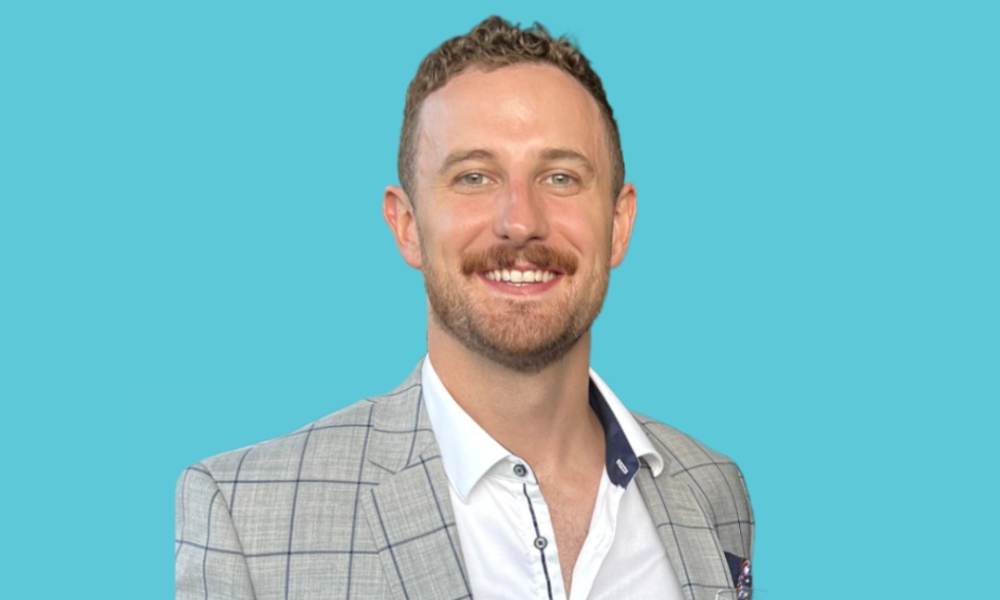Investor lending is up and confidence is rising in the Sunshine State

The groundswell of investor loan activity in Queensland shows no signs of letting up, if Money.com.au’s latest Mortgage Insights report is anything to go by.
According to the data, investor loan growth is up 25% on the year to March 2025 in the Sunshine State, thus retaining its position as Australia's second-largest investor market, behind only New South Wales.
Owner-occupier construction loans are up 29% in Queensland, which Money.com.au attributed to “rising confidence”, particularly as preparations for the 2032 Brisbane Olympics ramp up in the years to come.
Queensland’s owner-occupier loan growth far exceeded the national average of just 9%. “This is generally seen as a positive sign for investors, who often look at construction activity when assessing growth potential in a state,” said Money.com.au mortgage expert Alex Dore (pictured below).

"We may be seeing the pendulum start to swing back from the West to the eastern states,” Dore said. “After a strong run in WA, investor momentum is now picking up in markets like Queensland – particularly as we edge closer to the Brisbane Olympics.”
Major Queensland-based lenders concurred that the Sunshine State is seeing a healthy uptick in investor loans.
“We’re seeing strong growth in our investment settlements in Queensland, both in regional areas and South East Queensland,” Suncorp Bank’s chief executive general manager home lending Troy Fedder (pictured, top of page) told MPA.
“Investor lending is up for Suncorp Bank, and there’s growing interest from investors looking to expand their portfolios into the Sunshine State," Fedder said.
“Queensland property remains an attractive proposition, and we’re seeing increased confidence from investors about putting their money into the state.”
Michael Christofides, AMP Bank’s director of lending and everyday banking, expressed similar optimism.
“We continue to see solid investor loan activity in Queensland, supported by the state’s ongoing property appeal and broader economic tailwinds,” said Christofides.
Brisbane continues to be a key driver, noted Christofides, with home values rising 7.1% over the year to 31 May, making it the second most expensive capital after Sydney.
Dwelling prices in regional Queensland also increased 8% in the last 12 months, “reflecting the strength of the broader market,” Christofides said. “This momentum is likely fuelling continued investor interest across the state.”
Meanwhile at Assetine, “Queensland continues to be a standout market for us, with investor lending volumes remaining strong,” said alternative lender’s general manager – distribution and partnerships Royden D’Vaz.
Assetline opened its Queensland office in mid-2023 and has seen first hand how the state’s robust population growth, sustained demand for housing and resilient rental market, has driven investor confidence, especially in the residential sector.
“Our broad range of diverse lending solutions are enabling investors to capitalise on opportunities in this dynamic environment,” D’Vaz said.
Why is Queensland booming?
Discussing the data in further detail with MPA, Dore said Queensland is benefitting from “a perfect storm of population growth, infrastructure investment and rental demand”.
“Investors are entering, or re-entering, the market now out of fear they’ll miss the upswing, as momentum builds ahead of the Brisbane 2032 Olympics and key property pockets begin to tighten,” he said.
Dore specifically highlighted:
- Migration: Queensland’s strong net migration and limited rental supply make it a compelling long-term investment option
- Infrastructure spending: Billions in infrastructure projects, including major transport upgrades, a proposed stadium at Victoria Park and large precinct developments, are increasing market confidence.
- Affordability: Compared to Sydney, Queensland offers more affordable, well-located properties with solid rental yields and growth prospects
- Taxes: “Queensland has significantly lower investor property taxes compared to Victoria, so we’re seeing a lot of interstate buyers redirecting their investment strategies north, particularly those looking to maximise yield and minimise holding costs,” said Dore.
Boost-to-Buy scheme unveiled
Queensland’s Liberal Premier David Crisafulli also announced on Tuesday a new ‘Boost-to-Buy’ scheme aimed at reducing the deposit gap for first-home buyers.
Under the $165 million scheme, which was announced as part of the otherwise tight State Budget, Queenslanders earning up to $150,000 annually will be able to purchase a property valued up to $1 million with just a 2% deposit.
“Queenslanders shouldn’t be locked-out of buying a home because they don’t have the bank of mum and dad,” Crisafulli wrote on LinkedIn. That’s why we’re delivering a nation-leading Boost to Buy scheme in our first Budget… Home ownership was a nightmare under Labor, but we’re committed to making that dream a reality for Queenslanders desperate to get into the market.”
The Queensland state budget also earmarked $5.6 billion for new community and social housing, with a target of delivering 53,500 new homes by 2044. A $2 billion residential activation fund was also announced to unlock “more land for housing supply with funding to help kick-start new housing developments through essential housing infrastructure”.
Queensland Treasurer David Janetzki proclaimed that the program “has the highest income thresholds of any related scheme in the country” with a cap of $150,000 on single-income households and a cap of $225,000 on dual-income households. The comparative Federal shared-ownership scheme is capped at $100,000 for single applicants and $160,000 for joint candidates.
“We have a generation despairing as their home ownership dream fades from view. Simply accumulating a deposit has put home ownership beyond the great majority who cannot turn to their parents for a contribution,” Janetzki said.
Queensland’s deficit is expected to climb to $8.6 billion for the 2025-26 financial year.



